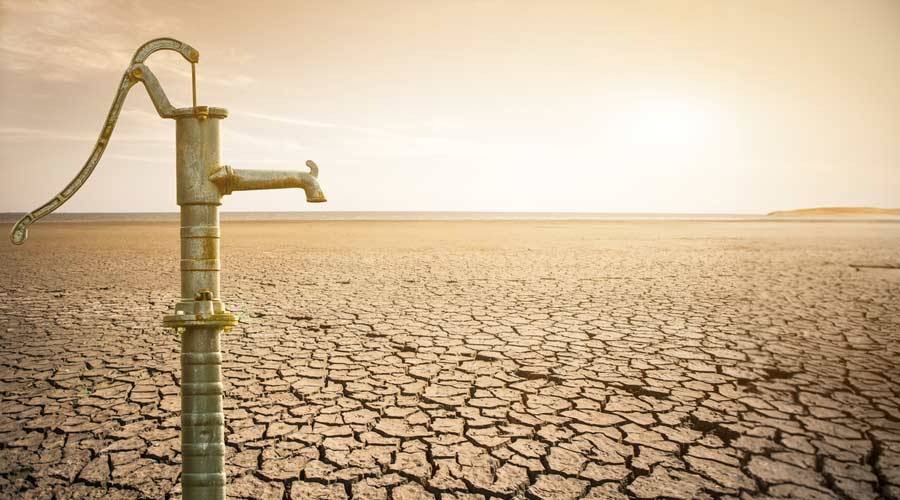
Contributed by Waterless Co., Inc.
The United Nations reports that more than a quarter of the global population lacks access to safe drinking water, and almost half do not have adequate water sanitation services. The World Resources Institute's Aqueduct Water Stress Index ranks ten countries as being the most vulnerable to water scarcity. Invariably, this is due to similar factors such as climate change, population growth, pollution, and government instability.
According to the index, here are the ten countries facing the highest levels of water scarcity in the world:
1. Qatar
2. Israel
3. Lebanon
4. Iran
5. Jordan
6. Libya
7. Kuwait
8. Saudi Arabia
9. Eritrea
10. United Arab Emirates
These countries have very low levels of renewable water resources per capita, meaning they cannot replenish their water supplies naturally. They also have high levels of water consumption, especially for agriculture and industry, which puts pressure on their limited water resources.
Some of these countries such as Lebanon, also face ongoing political and social conflicts that hinder their ability to manage their water resources effectively and equitably.
Currently, Israel is taking some of the most proactive steps to address the country's water scarcity issues. However, significant challenges remain. According to Klaus Reichardt, CEO and founder of Waterless Co., Inc., for these countries, their best option now is the installation of no-water urinals.
"A recent study by Transparency Market Research, a global market research company, found that the market for waterless urinals is expected to increase by six percent over the next few years. One reason for this is water scarcity. These urinals can help reduce water consumption and use water more efficiently. They can help reduce water scarcity issues.”
Read more on the importance of water conservation in facilities here.

 Celebrating BSCAI's 60th Anniversary eBook
Celebrating BSCAI's 60th Anniversary eBook The Down and Dirty on Cleaning in Virus Season
The Down and Dirty on Cleaning in Virus Season How Surfactant Use is Expanding in Commercial Cleaning
How Surfactant Use is Expanding in Commercial Cleaning